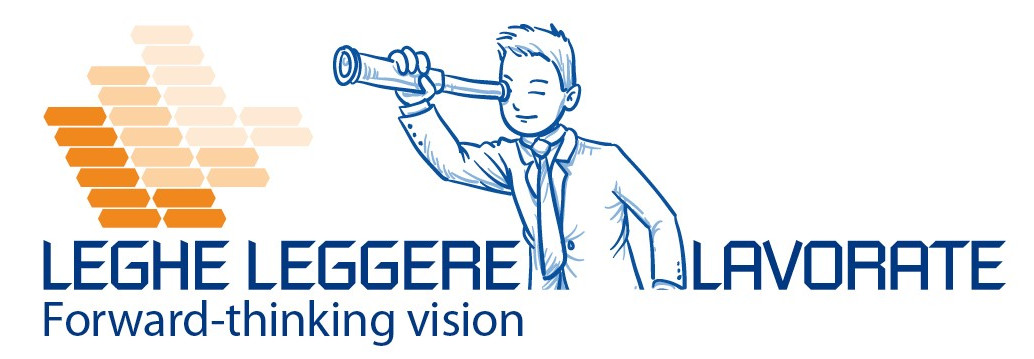As we have written in the past, bone tissue is mechanically very resistant. This resistance corresponds to a relatively light weight. This “mechanical” compromise is the result of the composition of our bones themselves. There are indeed two variants of bone tissue: cortical bone tissue (or compact), which represents the outer part of the bone, and trabecular (or spongy) bone tissue. Cortical bone is dense:
- Resistant and mechanically rigid
Spongy bone is less dense:
- In itself, it does not provide sufficient mechanical resistance
In summary, bone tissue is:
- Rigid (cortical): to avoid excessive deformations
- Tough (spongy): it serves the ability to absorb and dissipate energy during impacts (e.g., during locomotion or traumatic events) so that the energy transmitted to the most vulnerable organs is minimal. These bone characteristics allow for interesting mechanical resistances in human bones.
| BONE SEGMENT | SPONGIOUS | CORTICAL |
| YOUNG’S MODULUS | ||
| HUMAN FEMUR | 11.4 GPa | 19.1 GPa |
| BIVUINE FEMUR | 10.9 GPa | |
| HUMAN ILIAC CREST | 3.81 GPa | 4.89 GPa |
| HUMAN VERTEBRA | 13.4 GPa | 25.8 GPa |
| HUMAN TIBIA | 10.4 GPa | 18.6 GPa |
(Stephen C. Cowin “Bone Mechanics”)
Despite the enviable mechanical characteristics of our skeletal system, sometimes the applied force exceeds the resistance that our bones can oppose.
In these cases, mainly due to traumatic events, it is necessary to intervene to restore bone integrity.
Depending on the severity of the fracture, very different approaches can be adopted. In less severe cases, fractures are treated with a conservative approach involving immobilization using a plaster cast.
In some circumstances, on the contrary, it is necessary to stabilize the skeletal segments using mechanical devices applied after surgery.
This type of intervention is called osteosynthesis: a method of treating bone fractures that, contrary to the conservative method, involves surgical intervention and the installation of devices (e.g., nails, plates, screws, external and internal fixators), generally metallic, to aid in stabilizing the fractured bone segment.
Now let’s move on to the main topic of this article: neutral and compression plates. Systems that employ plates and screws stabilize bone segments using two coupled elements. They are distinguished as follows:
- Neutral plates, whose main purpose is to maintain the position of bone segments (as in the case of compound fractures),
- Compression plates, which are implanted in such a way that they exert a constant compression force at the fracture edges of the two bone fragments.
Neutral plates
The main function of a neutral plate is to provide support and rigidity; therefore, it does not exert any traction or compression force, and its sole purpose is to connect the distal fragments, achieving greater stability of the fracture. The load is supported partly by the bone and partly by the plate.
Dynamic compression plates
This type of plate is divided into two categories:
- Plates designed to exert a compression force
- Limited-contact dynamic compression plates
The first type, which exerts a compression force, owe their uniqueness to the geometry of the holes (or tunnels) where the screws securing the plate to the bone are housed. In fact, the screws mate with holes of a particular design (eccentric). This configuration allows the screws to “slide” on these eccentric holes, and this sliding enables the plate itself to slide on the bone.
The second type, with limited contact, are characterized by:
- Reduced bone-plate contact area
- Holes of symmetrical shape (allowing screws to be inserted at a greater number of angles) and distributed uniformly
- Structured lower surface and uniform stiffness distribution
For several years, as OEM manufacturers, we provide all these types of plates and their respective fixation screws. The material we use to manufacture these essential orthopedic surgery products is titanium.




